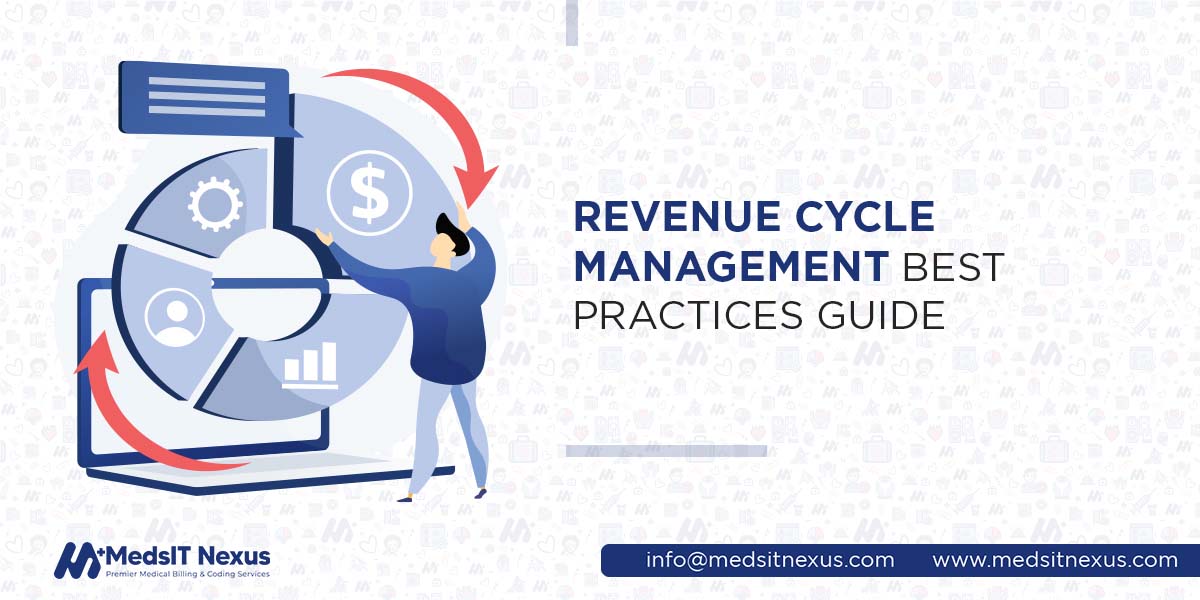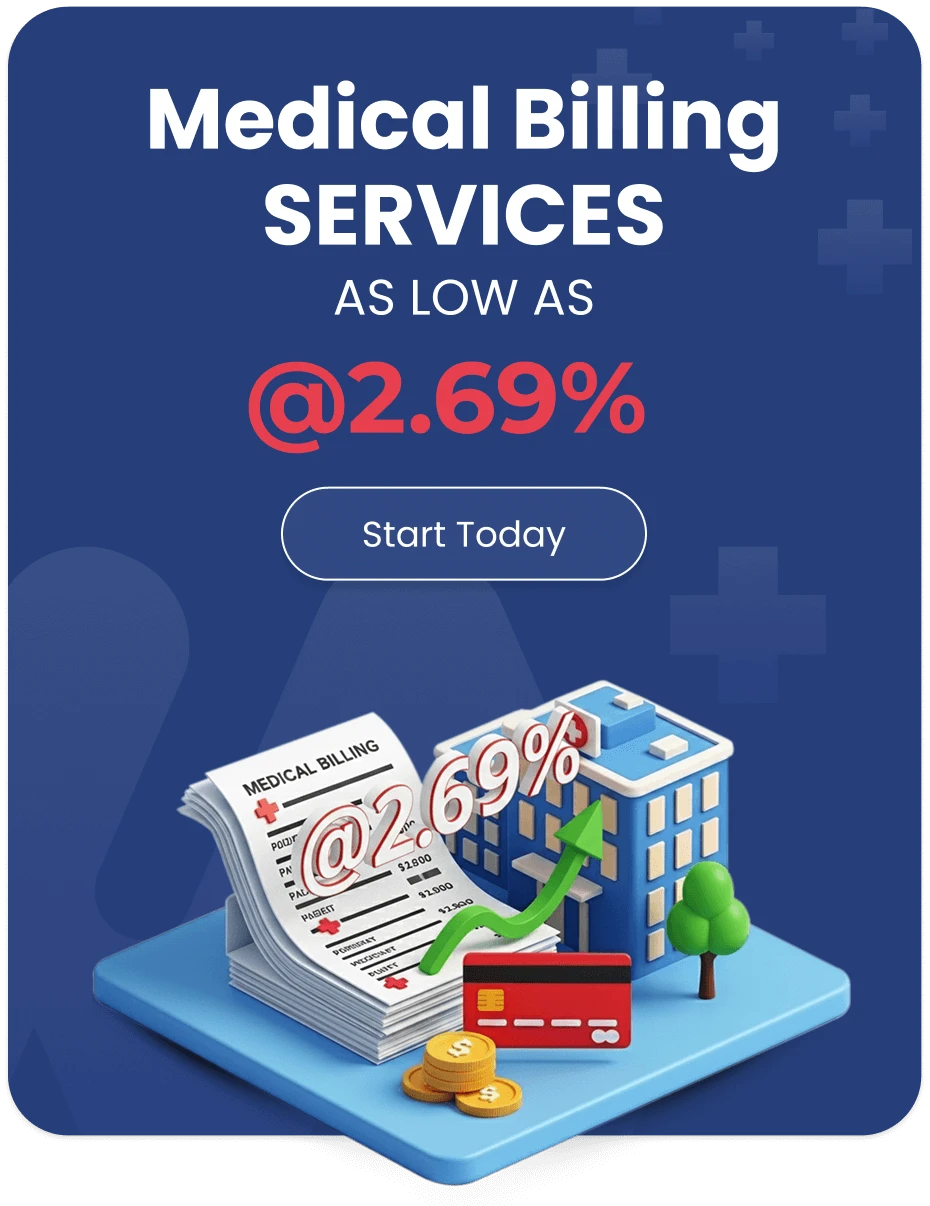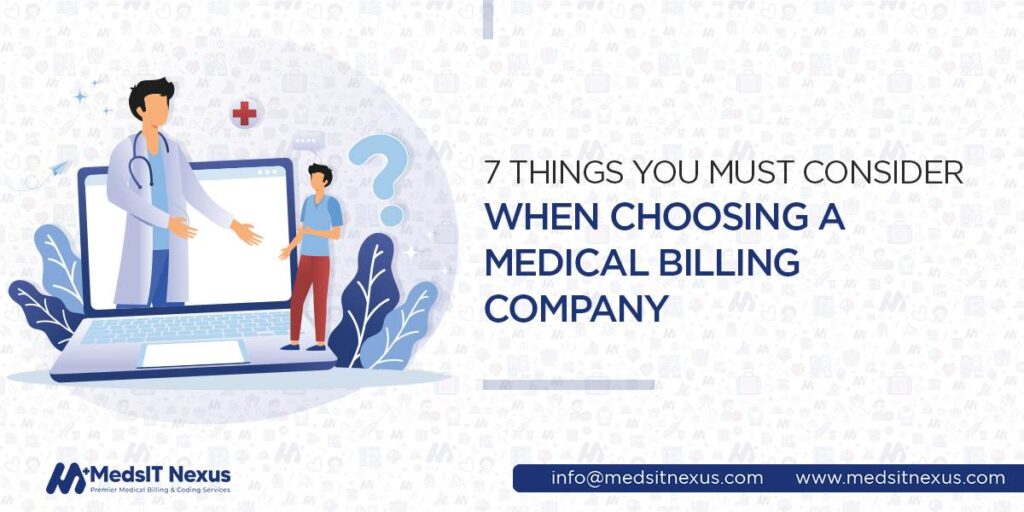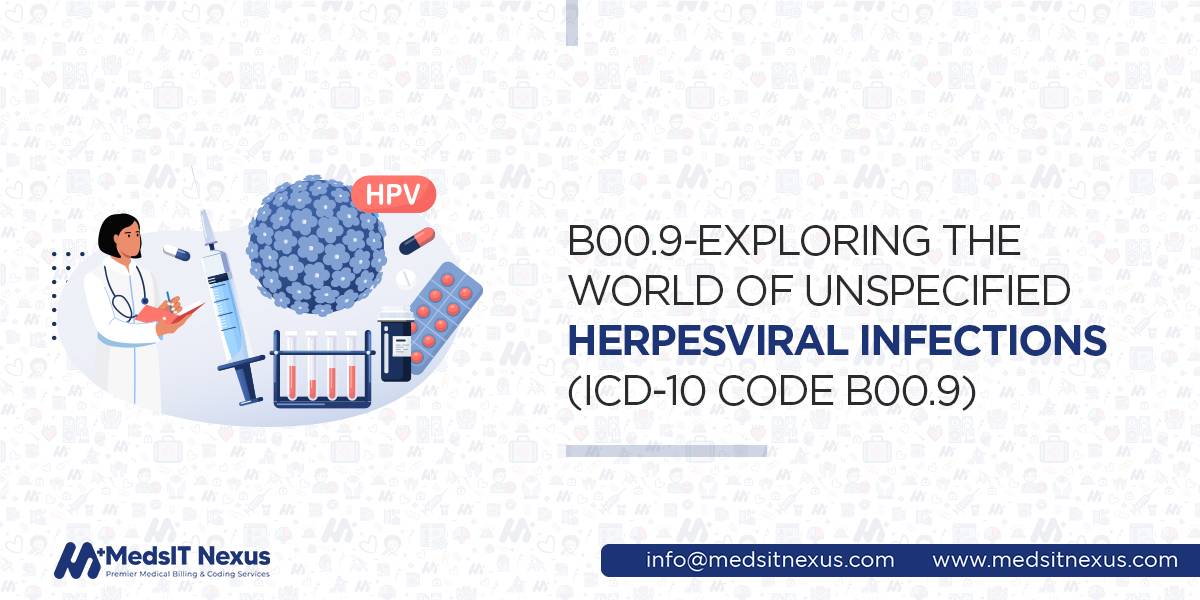Revenue Cycle Management Best Practices Guide

Acquiring a successful revenue cycle management inside healthcare has been an ample challenge for
decades for organizations. As a result, practitioners have kept varying their practices and policies to
fulfill the purpose of successful care delivery and organizations' "cash flow" as the fundamental
necessity for practice sustenance and growth. Converting services to achieve the objective is the need
for a successful business/organization, and thus, services and supplies may vary from one organization
to another as per the type and size. However, the common goal of the physicians is to maintain the
standard of proper industry revenue to serve the entire department and, specifically, adequate patient
care.
Undoubtedly, there is an increase in third-party insurance payers' claim denial and rejection rates,
badly affecting the overall medical practice. Moreover, the complex nature of the revenue cycle and the
ever-evolving structure are other more significant issues physicians face. All this leads to an utmost
need to study the intricate process and every aspect of revenue cycle management. Regardless of the
substantial group utilizing the systems to review each detail or the minor facility reviewing the
critical components of the process, your primary duty is to ensure that you are aware of every step of
the revenue cycle and that your group is faithfully utilizing those methods appropriate to capture every
dollar due.
As an expert, you must start your process by collecting accurate and complete patient information from
the first visit, the frequency of visits, and until the claim is paid in full. Putting precise
information in place will help you ensure that a "clean claim" is promptly filed in addition to the
timely payment with an added benefit.
Here is the sequenced list of practical steps to take for the proper optimization of the revenue cycle
in healthcare:
Prioritize the patient at the center of your process
Successful revenue cycle management by healthcare organizations witnesses the need for building positive patient relationships, as is the primary objective of overall practice. Patients sometimes perceive the medical billing process as intimidating, frustrating, or confusing due to the complexity of language or certain technical functions. Thus, the staff should create and improve how to facilitate patient interaction as best as possible. They must help patients with written or verbal communication and simplify the explanations regarding their payment options, financial duty, and the purpose of their hospital visit.
Embrace innovative technologies
The recent study conducted titled "Global healthcare IT
market" states that the "global healthcare IT
market will accelerate $791.4 billion by 2031, growing by 13.3% yearly over 2021-2031 driven by
increasing patient data, rising digitalization of healthcare systems powered by the advanced
technological system in telehealth/health, patient remote monitoring, increased investment and
government mandates and support for healthcare IT solutions, and need to decrease the escalating
healthcare costs with HCIT solutions due to Covid-19".
The rising phase of technological advancement in healthcare leads you to speedy performance and provides
efficiency to streamline various procedures accurately and without the risk of errors. Neglecting the
potential of technology in practice today will not yield success. If you do not invest in technology for
proper claim submission and get up-to-date with payer requirements and diagnostic codes, you will likely
get a claim denied by Medicare and Medicaid.
Reduce the hassle of unpaid claims, recorrecting, and resubmitting. Let automated software systems do
your job by consolidating prior authorization, medical coding and billing, eligibility, and information
on errors that must be resolved before submission.
Secure patient financial commitments beforehand
To get a speedy revenue cycle, practitioners must ensure they optimize patient collections by presenting a financial plan before the patient receives services. Or else the practice may lead towards the risk of never receiving payments in complete.
Streamline prior authorization and eligibility verification
The rise in insurance providers' rigid requirements to verify patient insurance during registration can slow the revenue pace and increase claim denials.Automating prior authorization and eligibility will help you optimize clinical processes, get speedy revenue, and reduce the staff time spent on this complex task. Moreover, below are mentioned some of the best methods to make the process as effective as possible:
Choose the correct method of verification - Other high-volume practices might find that
tedious and
time-consuming, even though more conventional forms like contacting or faxing patient information to
insurance carriers might be effective for some minor rules.
- Carrier Portals, which are databases hosted on service providers' websites
- Clearinghouse Systems, the hosted databases on third-party websites
- Integrated Solutions, integrated into your practice management software
- Outsourcing involves paying someone else to administer eligibility checks for you or buying verification automation software.
- Inclusive Software Solutions, like pVerify, which provide a web-based Portal, Outsourced Batch Processing, hybrid software Integrations,
Verify eligibility at the right time - Establishing a timetable for routine batch
verifications and
ensuring that your team checks patient eligibility at the appropriate time(s) is necessary. A few
instances are commonly advised for eligibility testing, though your practice should develop a schedule
that works for your team and your needs.
The most frequently recommended course of action is to make an appointment while speaking with a patient
on the phone.
Keep a record of the information you saved - Saving information is also of utmost like
the date and time of your encounter with the provider, or visit their website and patient and staff
information. Being careful beforehand will save you from an unexpected annoying event between you and
the insurance provider.
MedsIT Nexus ensures the application of best practices to sustain the revenue cycle growth of healthcare
by verifying patient prior authorization and eligibility criteria. Outsource your verification process
with us; we ensure you a secure platform through competent software to save sensitive patient data,
along with top-notch medical coding services to streamline your operations.
Enhance charge capture and coding accuracy
Practitioners must implement processes that efficiently capture charges for services delivered and avoid the methods that usually lose revenue, such as outpatient nursing procedures like IV therapy and injections, due to the need for proper nursing documentation. You must ensure that pharmacy and nursing teams review claims and charts for missed charges, submit proper nursing documentation with start and end times, drugs, and sites, and regularly examine pharmacy charges to measure the appropriate reporting of pharmacy dispensing.
Effectively handle accounts receivable balances
The staff must work collaboratively with the third-party payer as they will ensure the corrections for
what needs to be done to reduce claim denials. Make the policy for higher balance accounts that sets
forth the formula for reasonable fixed payment over a predetermined period.
Physicians can also build personal communication with the payer medical director to resolve the issues.
Or they may be given the authority to write off contractual adjustments and other debts. However,
physicians must verify that the write-off isn't without a solid reason and not to reduce accounts
receivable.
Submit claims promptly
Medicare or private insurance payers pose different deadlines for claim filing, and they may deny claims accordingly if the deadlines are not met for the timely filing. Make your processes in place and ensure these deadlines are met.
Reconstruct your revenue cycle management with MedsIT Nexus
To suit the needs of today's healthcare providers, MedsIT Nexus medical billing services and coding services carefully created a revenue cycle management system. Our revolutionary and technologically driven system guarantees real-time visibility into every facet of revenue cycle management by utilizing business intelligence and data analytics. Our automated technology optimizes your manual processes while helping you improve your practice and saving you time. With our help, you can ensure that your healthcare practice is compliant and that patient data is secure. Our AI-powered RCM workflow method also helps your business increase revenue and concentrate on providing high-quality patient care.
Dr. Sana Pervez, Pharm.D, CCS, CPC -
Clinical Compliance Advisor at MedsIT Nexus
Responsible for Medical and compliance review of all healthcare RCM and billing content before publication.






